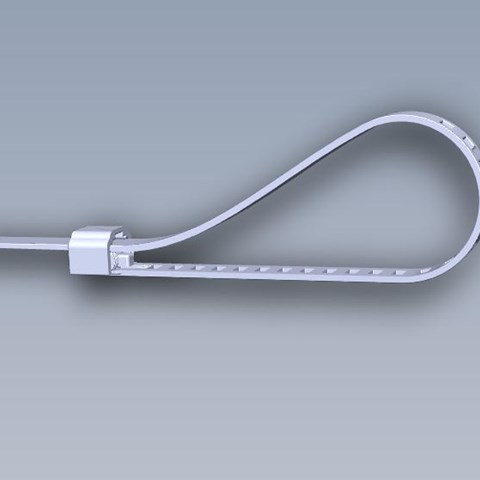Contact
Odd Höglund
Senior Lecturer at the Department of Clinical Sciences; Small Animal Unit
Telephone: 018-671328
E-mail: odd.hoglund@slu.se

A resorbable self-locking device (LigaTie) was developed to enable safe and easy surgical ligation of blood vessels. The aim of this study was to compare the long-term in vivo resorption of the device to a commercially available suture of equivalent material (Maxon) following ovarian pedicle ligation.
After ovariohysterectomy follow-up ultrasound examinations were performed monthly on 21 dogs ligated with the device and 22 dogs ligated with the suture material until no hyperechoic remnants, acoustic shadowing or local tissue reactions were detected. In both groups, the ovarian pedicles gradually decreased in size. Ligation material was considered macroscopically resorbed when ultrasound showed no signs of the device or suture, ovarian pedicle or tissue reaction. Macroscopic resorption had occurred without signs of complications and was complete by four months for sutures and 5.5 months for the device. The results show that resorption time in vivo for the resorbable self-locking device is mildly longer than suture of the same material and that no complications of device resorption were detected, supporting that the resorbable self-locking device is safe for in vivo use.
http://dx.doi.org/10.1136/vr.104732
da Mota Costa, MR., de Abreu Oliveira, AL., de Moura Vidal, LW., Moran Ramos, R., de Oliveira Campos, I., Hansson, K., Ley, CJ., Olsson, U., Borg, NO., Höglund, OV. (2019) Comparison of macroscopic resorption time for a self-locking device and suture material in ovarian pedicle ligation in dogs. Veterinary Record 184, 478.
Odd Höglund
Senior Lecturer at the Department of Clinical Sciences; Small Animal Unit
Telephone: 018-671328
E-mail: odd.hoglund@slu.se